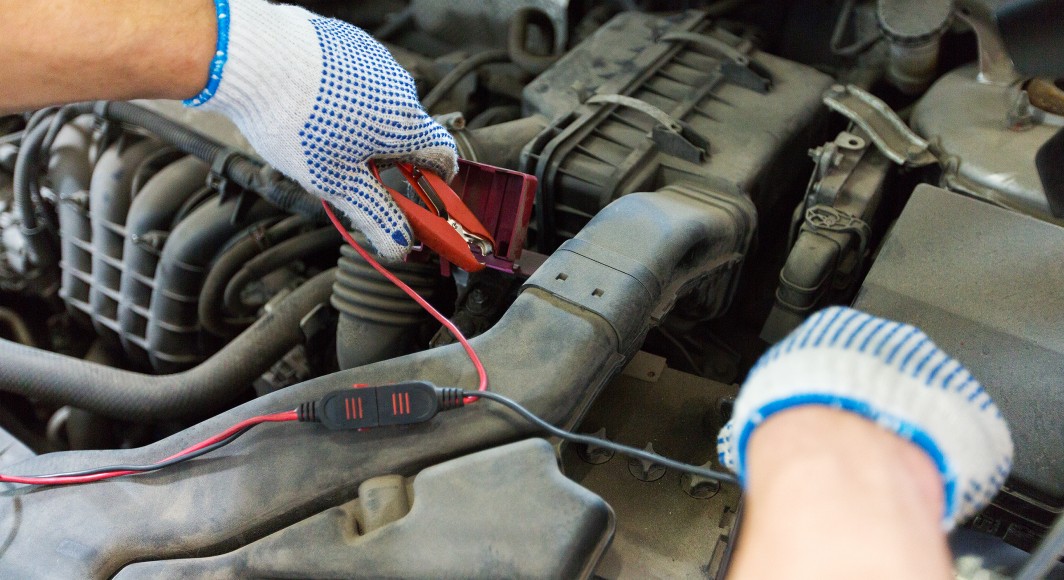
Tips for charging batteries
04 October 2023
- The area where you will charge the battery must have good ventilation.
- Use only suitable DC charging devices.
- You connect the positive pole of the battery to the positive output of the charging device and follow the same procedure for the negative output.
The battery is fully charged when the acid density and charging voltage no longer increase within two hours. When the no-load voltage is lower than 12.5V, the battery must be recharged.
A charging current of 1/10 of the nominal capacity is recommended (e.g. 8 A, when the nominal capacity is 80 Ah). Recharge time depends on further use.
If the battery will be installed immediately afterwards in the vehicle, then a short charge is usually sufficient to allow the vehicle to be started (corresponds to a no-load voltage of approx. 12.2 V - 12.5 V, when measured approx. 1 hour later the end of charging). If the battery is to be stored again, then it must be fully charged.
A 44 Ah battery with a no-load voltage of 12.45 V is charged with the recommended charging current = 1/10 of the rated capacity = 4.4 A in approx. 2.7 h for approx. 100 % charge (no-load voltage Uo = 12.8V). The charging time until the end of compensation charging is reduced accordingly, when the charging device is able to provide a higher current (e.g. double current 8.8 A = 1.35 h).
Overcharging causes permanent damage to the battery and should definitely be avoided. After charging, the no-load voltage must be measured. The measurement can be done after at least 1 hour has passed since the end of charging.














